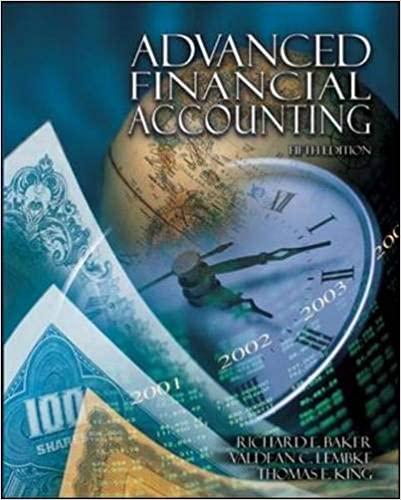Following a purchase-type business combination, any differential (excess of cost over the book value of the net
Question:
Following a purchase-type business combination, any differential (excess of cost over the book value of the net assets acquired) must be allocated to specific assets and liabilities each time consolidated financial statements are prepared. Different companies approach the task of allocating the differential differently. Although specific principles of accounting are applicable to the allocation of the purchase price, and, hence, the differential, expediency or different circumstances may lead to different approaches. Some companies simply do not allocate and instead lump the entire differential into goodwill or a similar account. Others may use more novel approaches.
\section*{Required}
1. In September 1996, Union Pacific Corporation acquired Southern Pacific Rail Corporation, after having acquired other transportation companies in prior years.
a. How did Union Pacific account for its acquisition of Southern Pacific?
b. Does Union Pacific have to assign an amount to goodwill related to the Southem Pacific acquisition each time consolidated financial statements are prepared? Explain.
2. What change did Union Pacific make with respect to goodwill in 1998? What effect did this have on Union Pacific's financial statements with respect to the goodwill that arose from the acquisition of Overnite Transportation Company?
3. Cisco Systems has acquired many other companies over the years. How much goodwill related to Cisco's 2000 acquisition of ArrowPoint will appear in the consolidated balance sheet? Explain. In its 2000 acquisition of Monterey Networks, what was the total purchase price? How much of the purchase price was assigned to in-process research and development? How was this cost treated in the consolidated financial statements? Do you think that Monterey Networks was acquired primarily for its tangible assets? Explain.
Step by Step Answer:

Advanced Financial Accounting
ISBN: 9780072444124
5th Edition
Authors: Richard E. Baker, Valdean C. Lembke, Thomas E. King





